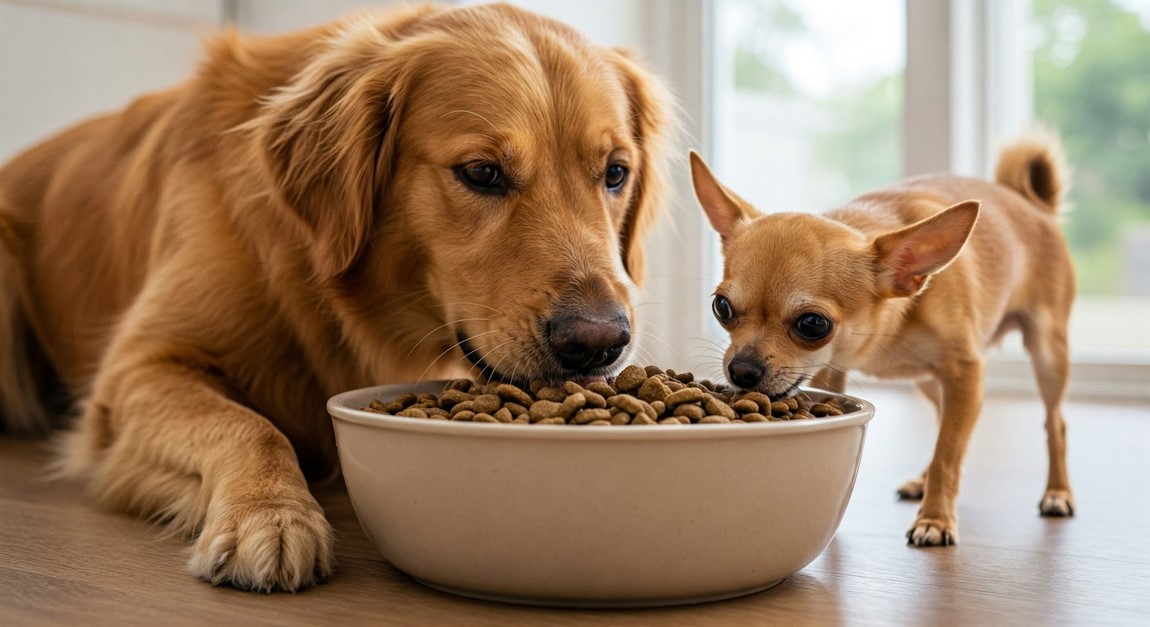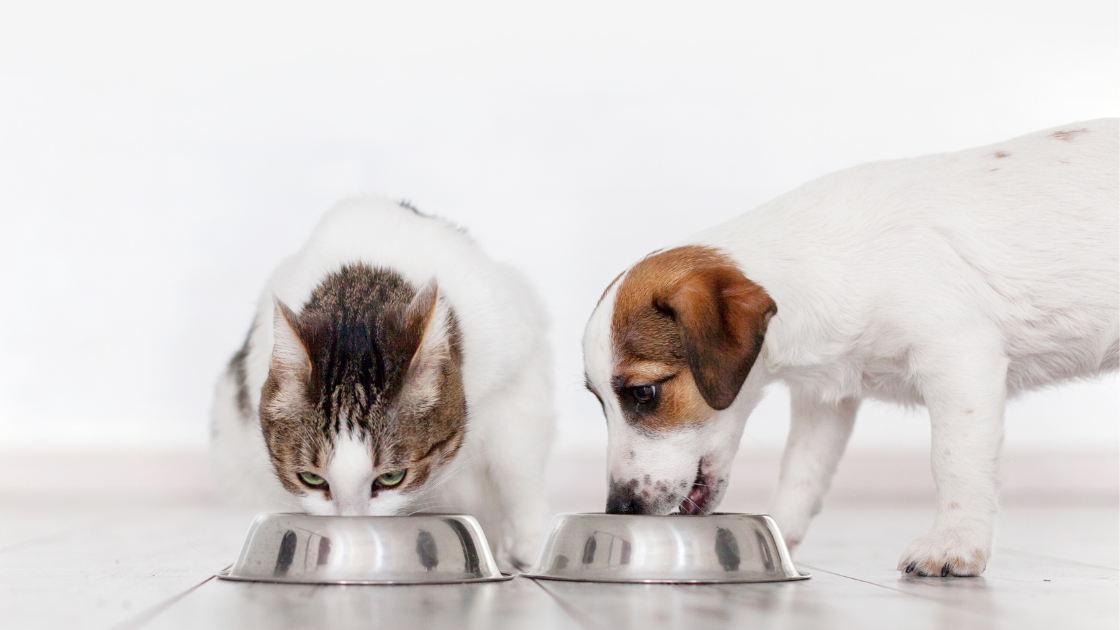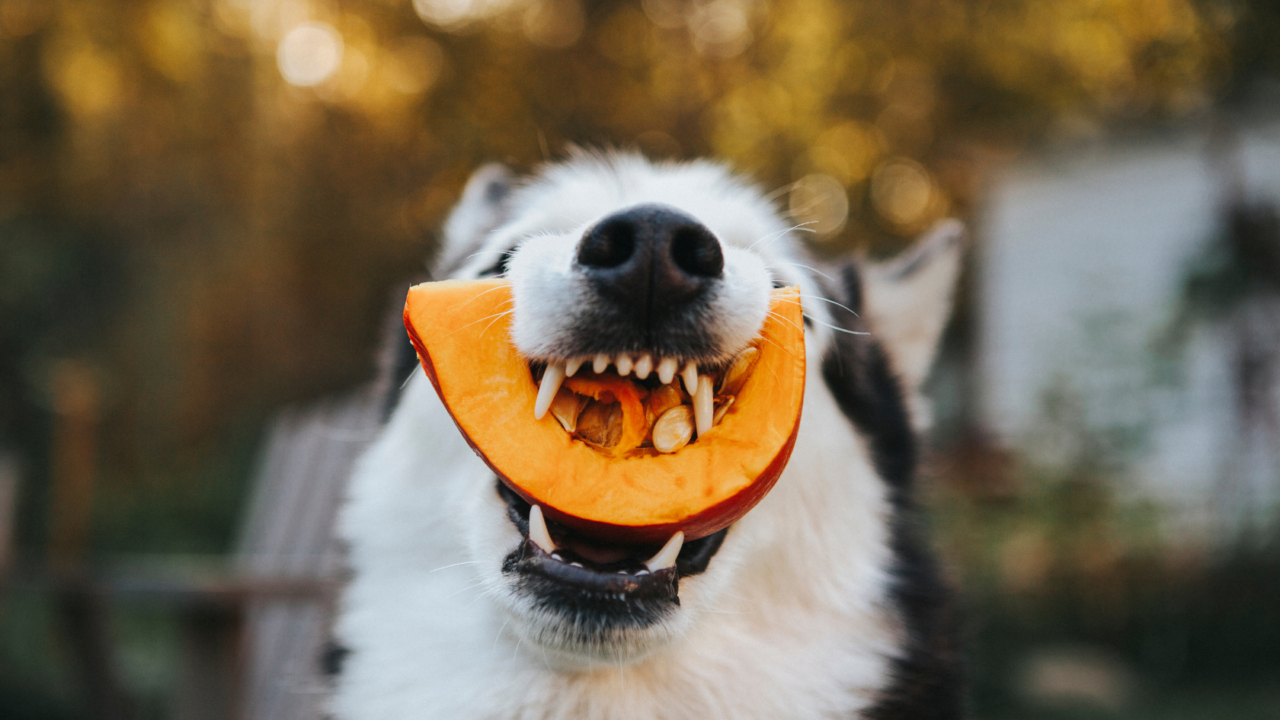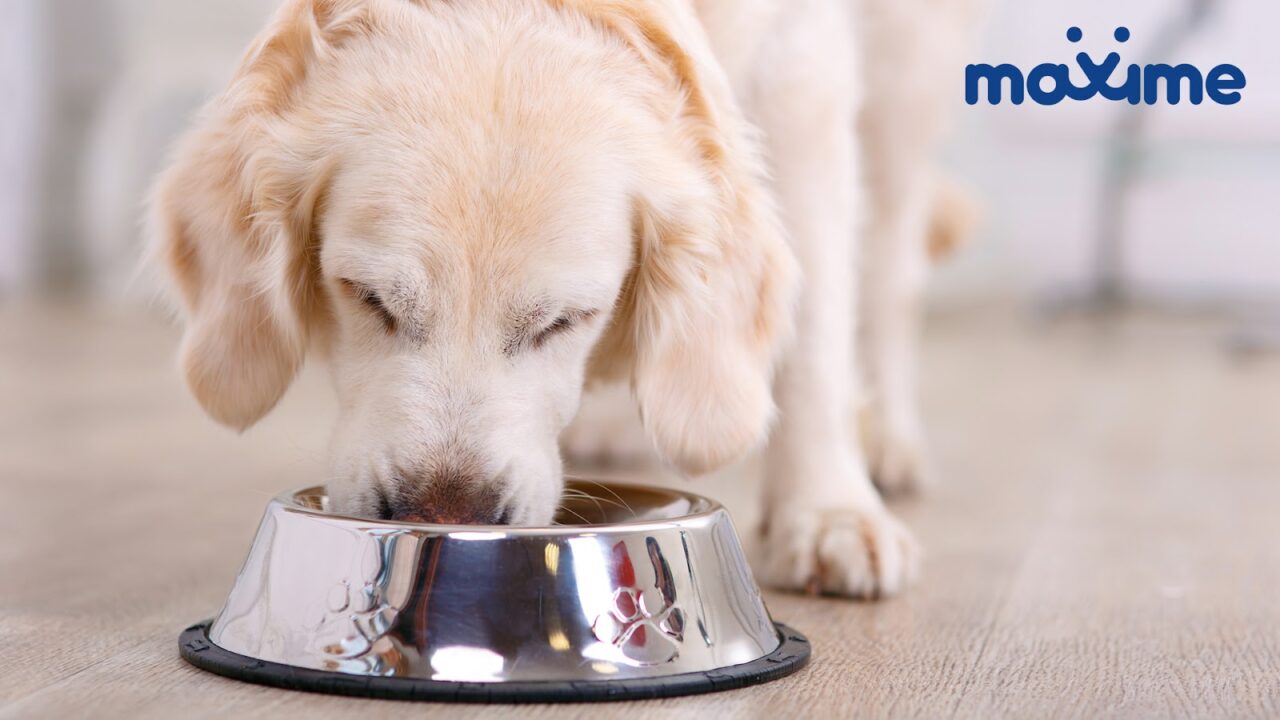Have you ever seen your dog bounce with energy after a good meal, or maybe scratched your head wondering why their tummy seems a bit off sometimes? Just like us, dogs need the right nutrition to feel their best.
This isn’t about becoming a pet nutritionist overnight; it’s about getting a handle on the basics–the stuff that matters when it comes to keeping your furry pal healthy and happy.
We’ll break down what the essentials are when it comes to canine nutrition, from the energy they get to the tiny helpers that keep everything running smoothly.
Trust us, understanding this stuff can make a real difference in your dog’s life.
The Big Stuff and the Little Helpers: Macronutrients and Micronutrients
Think of your dog’s food like a construction crew. You’ve got the big guys doing the heavy lifting–those are the macronutrients: protein, fats, and carbs.
Protein is like the bricks and mortar, essential for building strong muscles and repairing anything that gets worn down. Proteins are everywhere, including in the skin, blood, bones and other soft tissues.
Fats are the powerhouse, giving them loads of energy and helping their bodies absorb important vitamins. Did you know that the primary source of energy for dogs are lipids ?
Then you’ve got carbohydrates, another source of energy, the quick energy boost for those zoomies around the living room.
But the crew also needs a support team – that’s where micronutrients come in. These are the vitamins and minerals, the tiny but mighty helpers that keep everything functioning properly, from their immune system to their eyesight.
Think of vitamins as the supervisors, making sure all the processes are running smoothly, and minerals as the essential tools for the job, keeping bones strong and nerves firing correctly.
Even trace elements, needed in super small amounts, have their own important tasks. It’s all about finding the right balance for your individual dog.
All is a matter of balance every day, not too much, not too little. Excessive intakes can be as detrimental as a deficiency.
Getting the Good Stuff In: Why Bioavailability Matters
Ever heard the saying “you are what you eat”? For dogs, it’s more like “they are what they absorb.”
Absorption is what truly goes into the blood to support the metabolism and ensure proper body functions.
That’s where bioavailability comes in.
It’s not just about what’s listed on the ingredients panel; it’s how much of that good stuff their body can actually use.
Things like the quality of the ingredients (think real meat versus processed bits), how the food is cooked, and even your dog’s own tummy health play a big role.
You want food that’s easy for them to digest so they can actually get all the goodness out of it.
One Size Doesn’t Fit All: Tailoring Food to Your Dog’s Life
Just like kids, adults, and seniors have different needs, the same goes for dogs. A bouncy puppy growing at lightning speed needs a different kind of fuel than a chilled-out senior snoozing on the couch.
Puppies need lots of protein, energy and the right balance of minerals for those growing bones. Adult dogs need a good all-rounder to keep them healthy and active. And older dogs might need something easier on their system with extra support for their joints.
Plus, think about breeds! A tiny terrier has different needs than a giant Great Dane. As the folks at Association of American Feed Control Officials (AAFCO) point out, what a dog needs in their food changes throughout their life.
Consulting your vet about what’s best for your specific dog at their current stage is always a smart move.
Wrapping Up: Feeding Your Best Friend the Right Way
At the end of the day, understanding what goes into your dog’s food bowl doesn’t have to be rocket science. It’s about knowing the key players–those macronutrients and micronutrients–and realizing that how well your dog absorbs them is just as important as what they’re eating.
Remember that everything starts in the mouth: the more chewing, the easier the digestion and the better the absorption eventually. Dividing the daily food amount into two to three meals will always be better than one single big meal, especially for puppies who need a lot of food every day to grow while still having limited digestive capacities.
Finally, when starting with a new pet food, always do a progressive seven day-transition as mentioned on the Pet Food bag.
Reference:
Selecting the Right Pet Food | AAFCO




